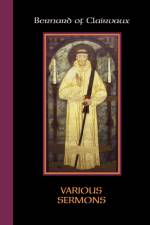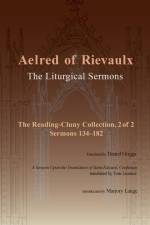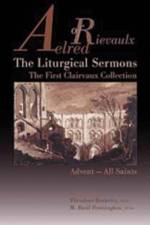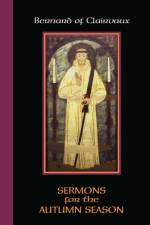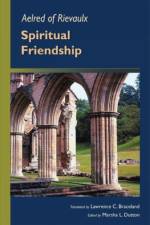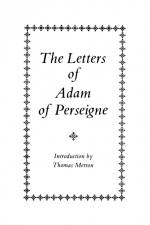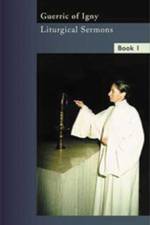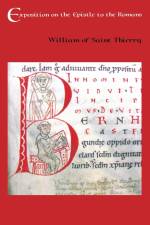av Gertrud the Great of Helfta
635,-
Gertrud the Great (12561302) entered the monastery of Helfta in eastern Germany as a child oblate. At the age of twenty-five she underwent a conversion that led to a series of visionary experiences. These centered on ';the divine loving-kindness,' which she perceived as expressed through and symbolized by Christ's divine Heart. Some of these experiences she recorded in Latin ';with her own hand,' in what became book 2 of The Herald of God's Loving-Kindness.Books 1, 3, 4, and 5 were written down by another nun, a close confidant of the saint, now often known as Sister N. Book 5 details the sickness, deaths, and afterlife fates of various Helfta nuns, novices, and lay brothers, as witnessed by Gertrud in her visions. It also describes Gertrud's preparations for her own death and her predictive visions of her ultimate glorification in heaven. The Herald concludes with Sister N.'s personal account of her presentation of the whole book to the Lord at Mass, the welcome he gave it, and the privileges he attached to it.The Book of Special Grace, which mainly records the visions of Mechtild of Hackeborn, was probably compiled by Gertrud herself with the help of Sister N. Parts 6 and 7 recount the deaths of the abbess Gertrud and of Mechtild, her younger sister. As many passages overlap, sometimes verbatim, with corresponding chapters in book 5 of The Herald, a translation has been included for purposes of comparison.

